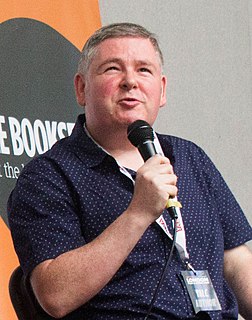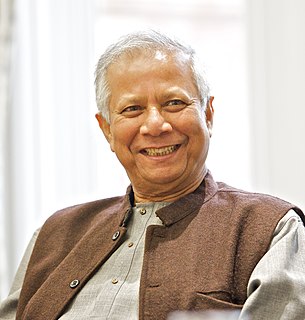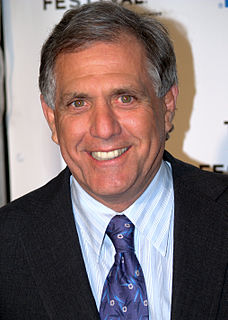A Quote by Brad Warner
As you're implying, there's a new technology that can look even deeper into that brick and we can start getting into a level where it breaks down so that the brick isn't even there, but obviously it is because Moe can hit Curly on the head with it. It's quite bizarre and all relative.
Related Quotes
In a word, learning is decontextualized. We break ideas down into tiny pieces that bear no relation to the whole. We give students a brick of information, followed by another brick, followed by another brick, until they are graduated, at which point we assume they have a house. What they have is a pile of bricks, and they don't have it for long.
That brick that you're standing on, that foundation that you're standing on, there's a brick in there that was placed by someone you never knew, sort of a faceless possibility, but you're there now. You have an opportunity to put your own brick in there. That's what it feels like we're doing with 'Hamilton'
I would say if you have a dream - and whether that is you want to be some sort of artist, or you want to start a start-up or a business, anything that very much feels like it's uniquely yours and you may not be able to get traction going through traditional channels - the way to do it is to build it brick by brick on your own in microsteps.

































